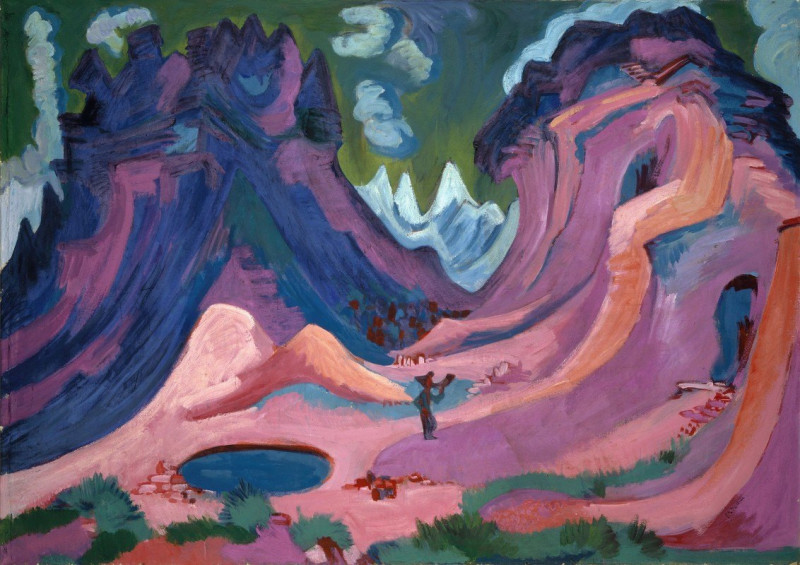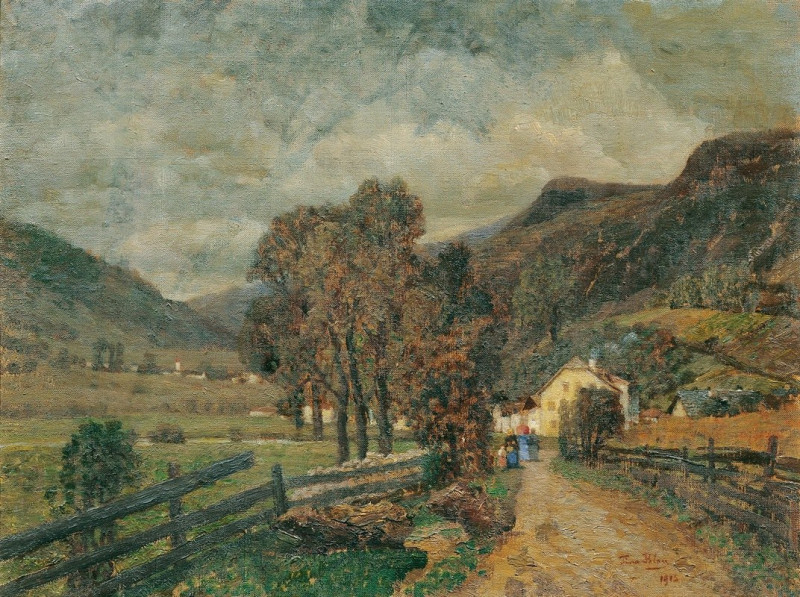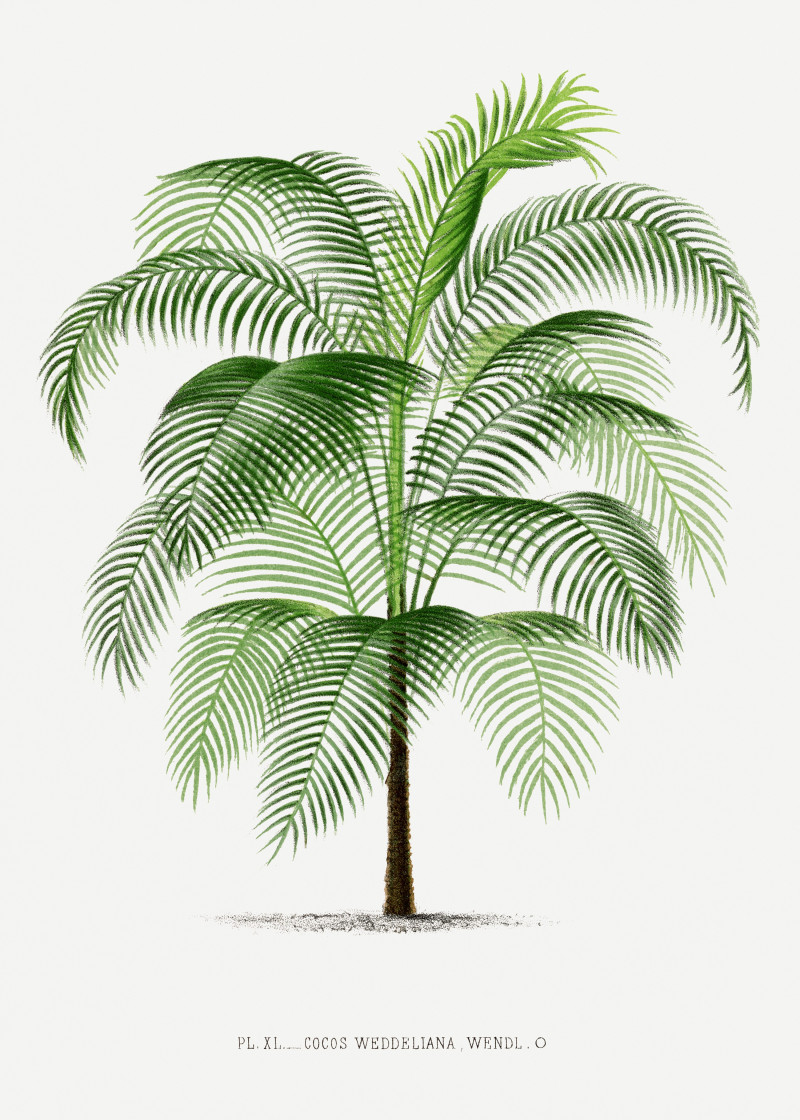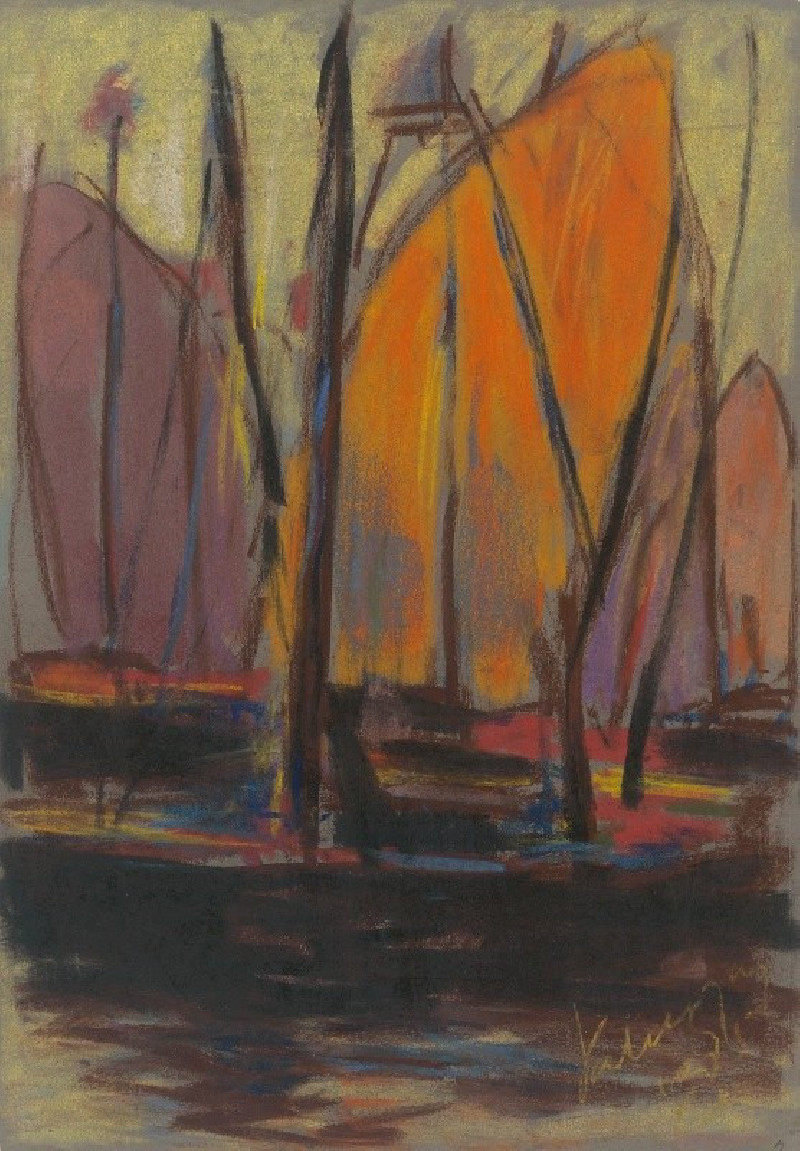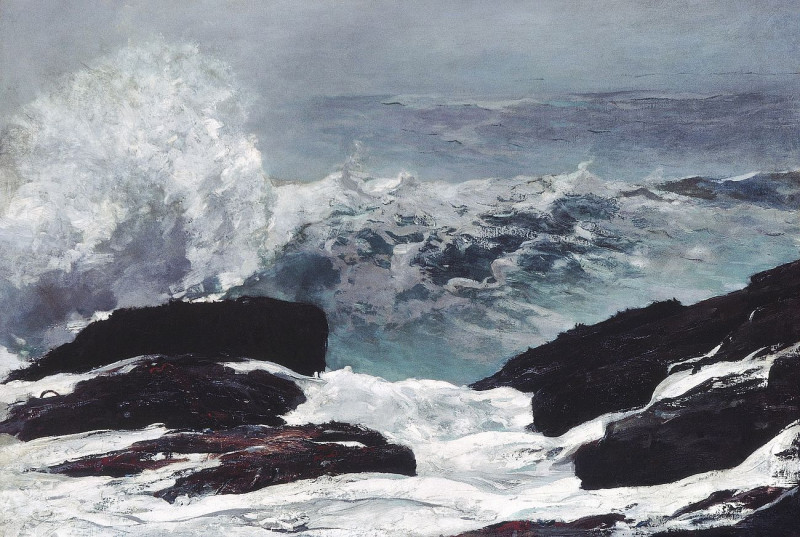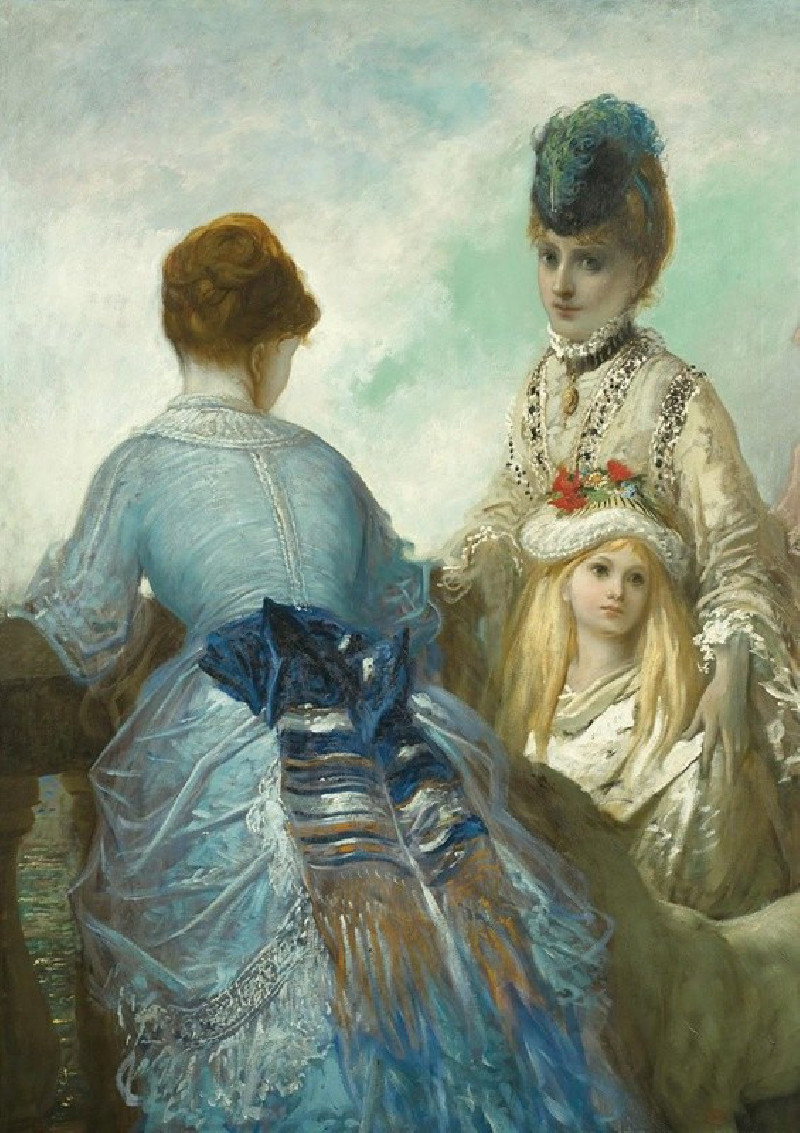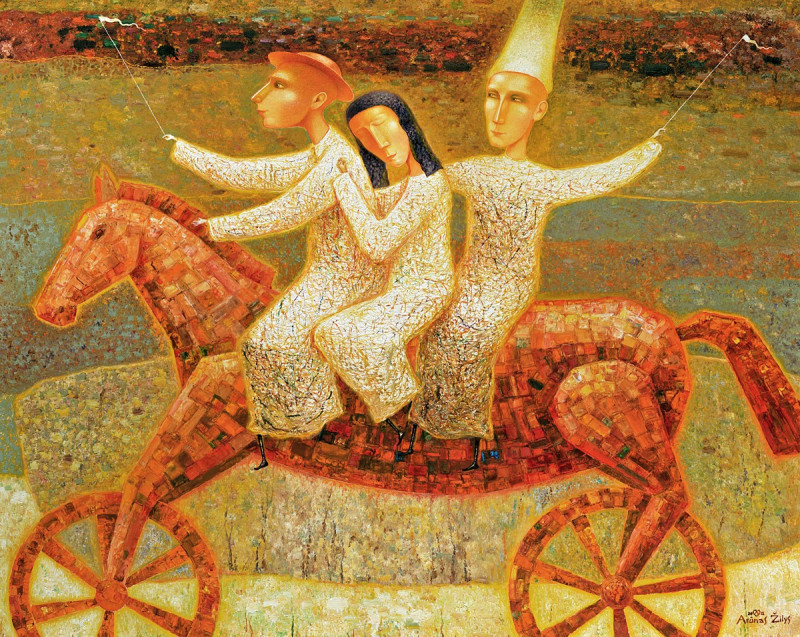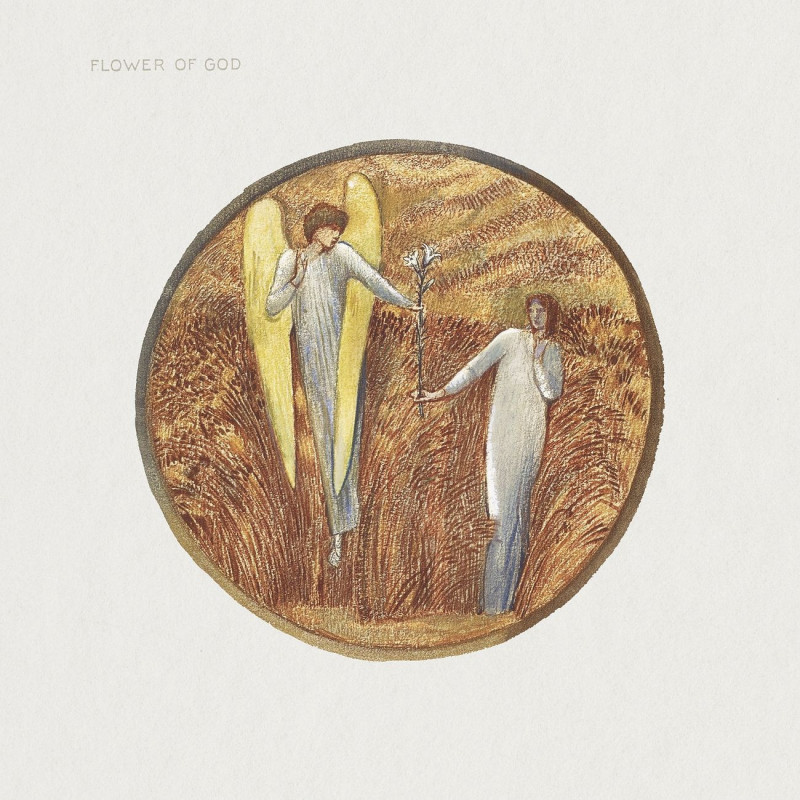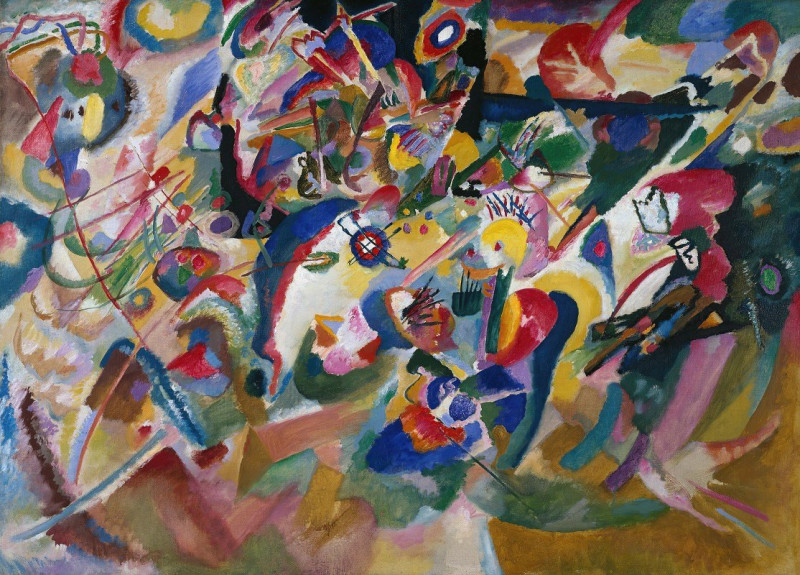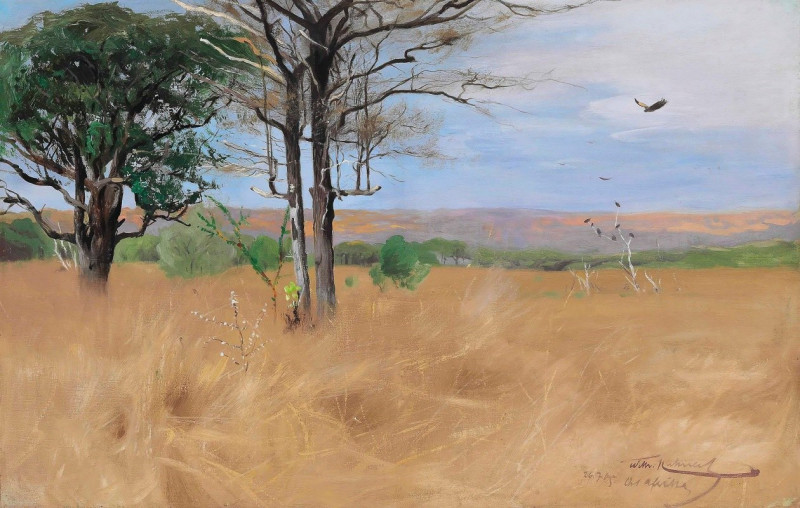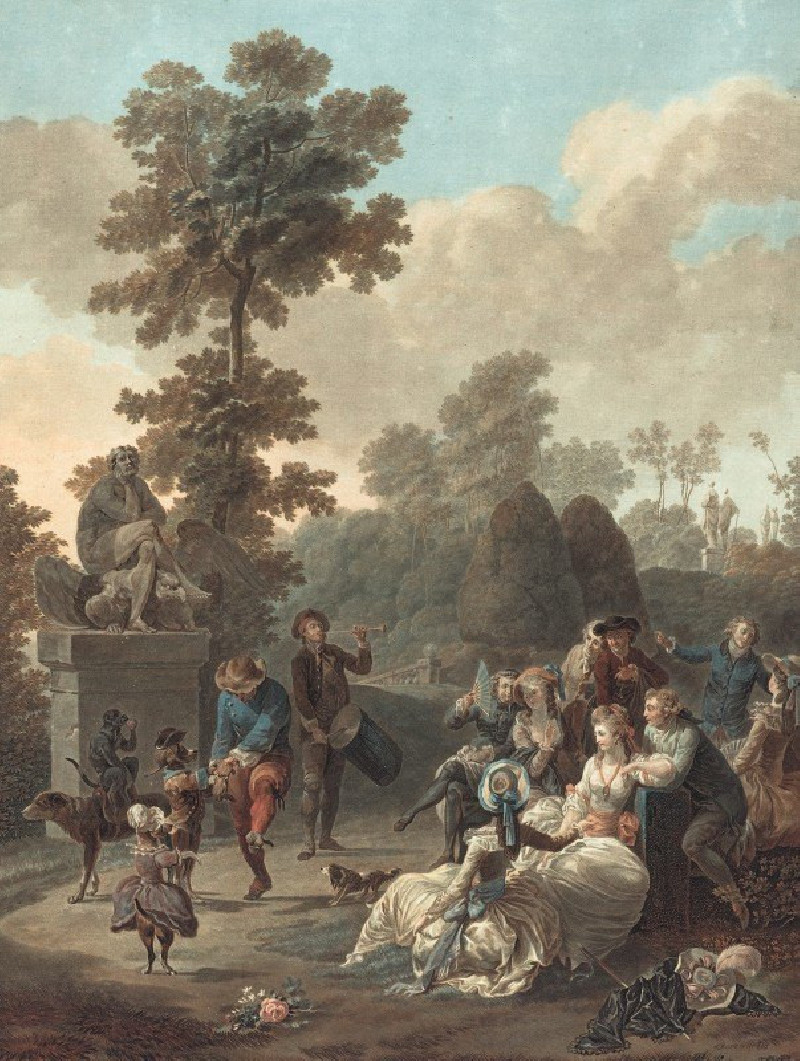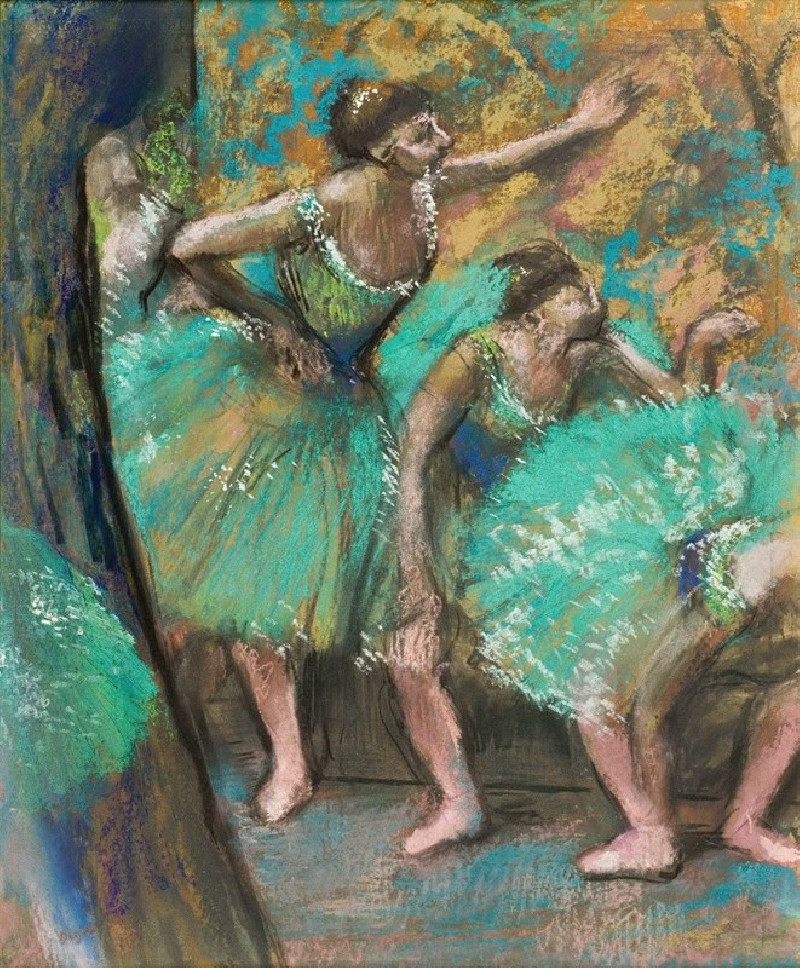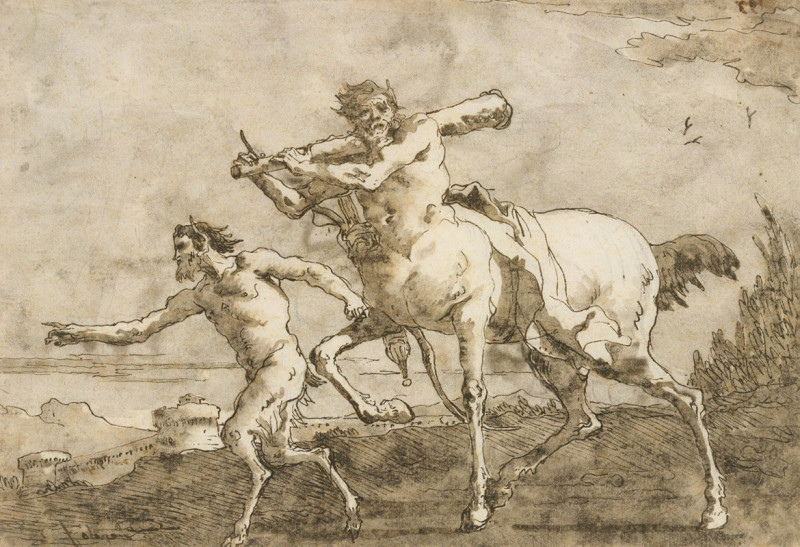Amselfluh (1922)
Technique: Giclée quality print
Recommended by our customers
More about this artwork
"Amselfluh," a captivating piece painted in 1922 by the eminent German expressionist artist Ernst Ludwig Kirchner, presents a vivid and powerful landscape that pulls the viewer into its emotional depths. Kirchner's usage of rich, striking colors and bold, expressive brushstrokes exemplifies his pioneering style, which he used to convey intense emotions and experiences to the viewer.In this artwork, the towering, craggy peaks of the mountains create a dramatic contrast with the smooth curves of the valley below. The mountains are bathed in deep hues of purple and blue, their sharp, jagged edges suggesting a wild and untamed nature. The sky above, swirling with greenish clouds, further emphasizes the tumultuous atmosphere of the scene.Dominating the center of the composition is a steep valley rendered in shades of pink, which potentially symbolize the early morning or fading light. Below, a tranquil blue pond serves as a focal point, adding a sense of calm amidst the surrounding tumult. Small figures, likely hikers, can be seen near the valley’s base, adding a human element to the large scale of the natural elements depicted.The contrast in colors, the dramatic portrayal of the landscape, and the inclusion of human figures all serve to underline the majesty and power of nature, as perceived through the heightened emotional state characteristic of Kirchner's expressionist work.
Delivery
Returns
Ernst Ludwig Kirchner (1880–1938) was one of the most important German Expressionist painters. He was a co-founder of Die Brücke, a group of German expressionist artists formed in Dresden in 1905. Die Brücke and Kirchner took inspiration from Vincent Van Gogh and Edvard Munch, as well as African and Oceanic art. They used woodblock printing as a medium to showcase their signature style: flat, unrealistic images with vivid colors. The recurring themes in Kirchner's artworks included exotic cultures, faraway landscapes, self-portraits, dancers and Berlin street life. His paintings and prints effectively portrayed non-European cultures despite the fact that he never traveled outside of Europe.

